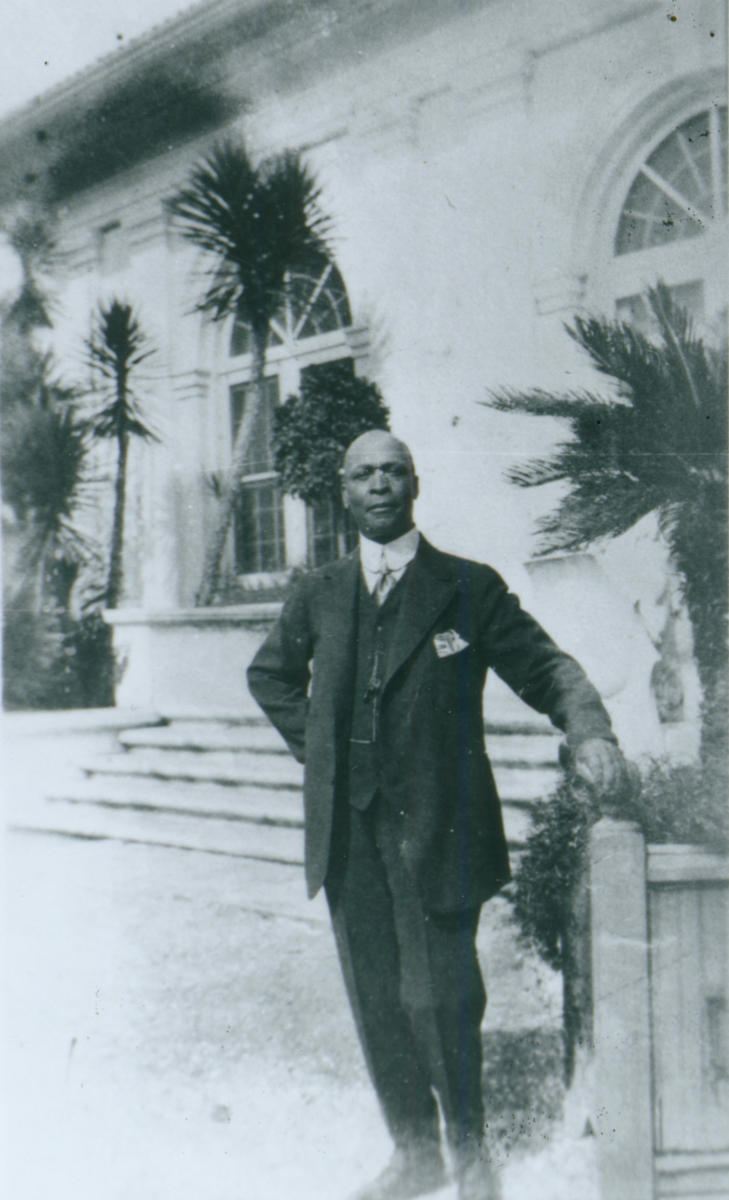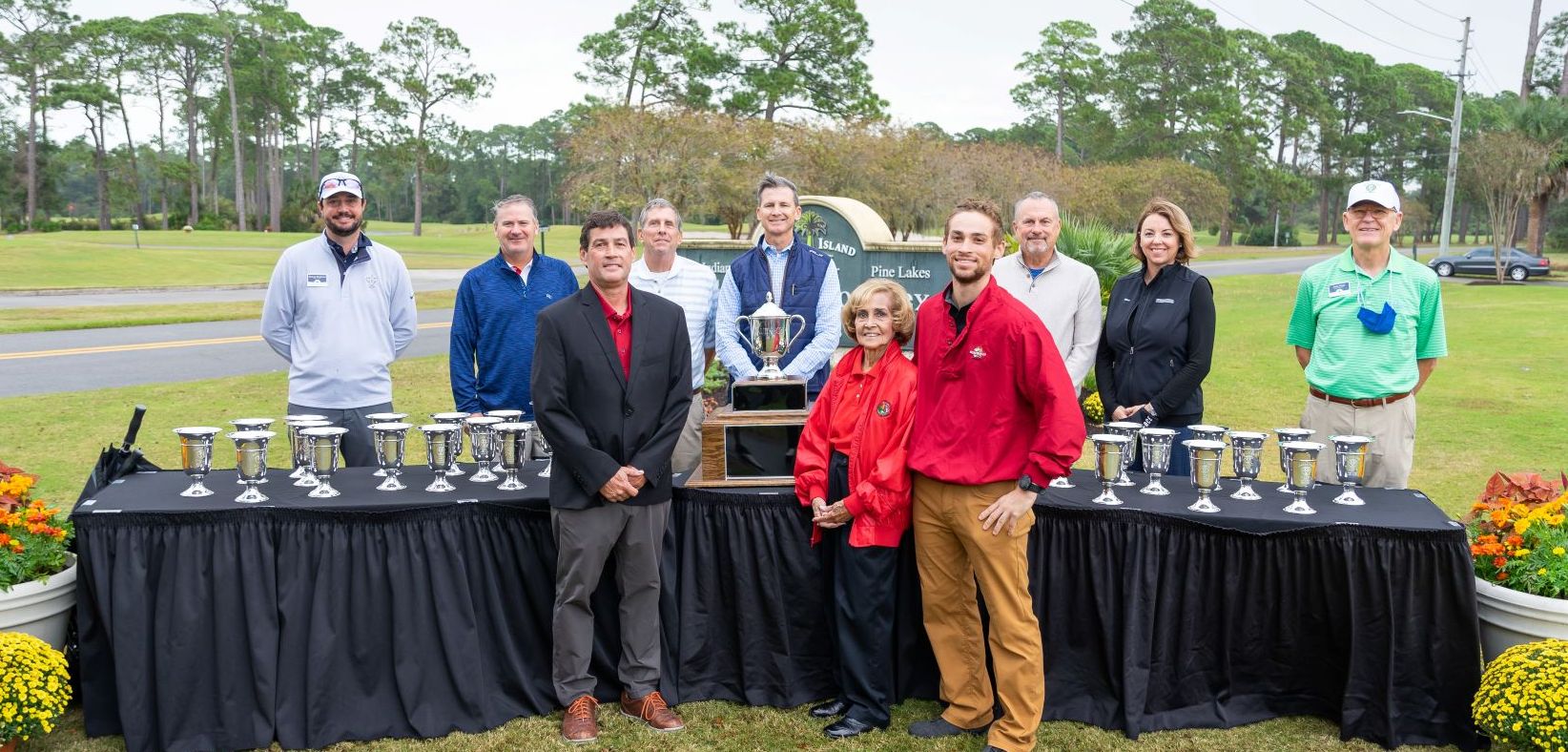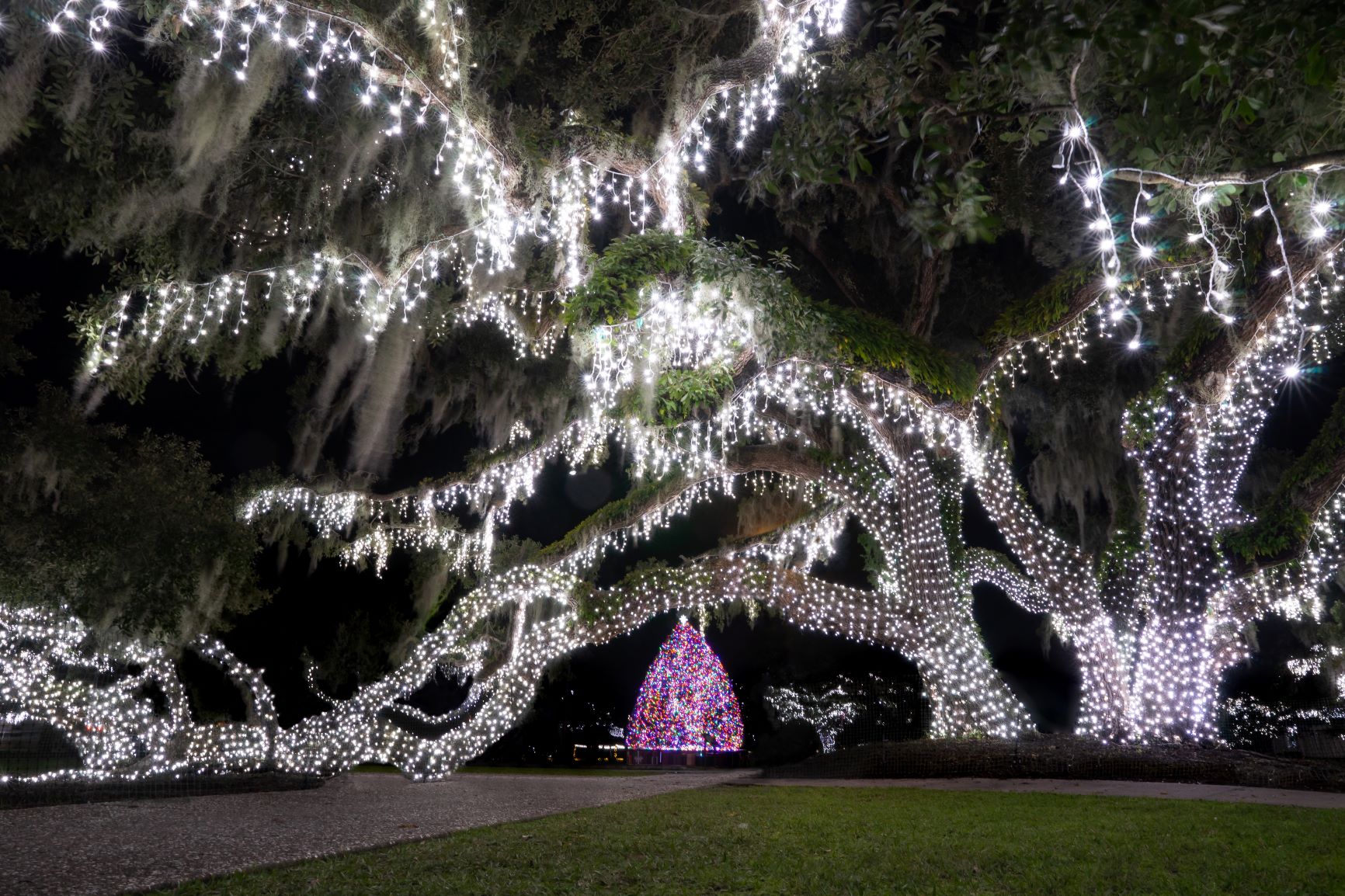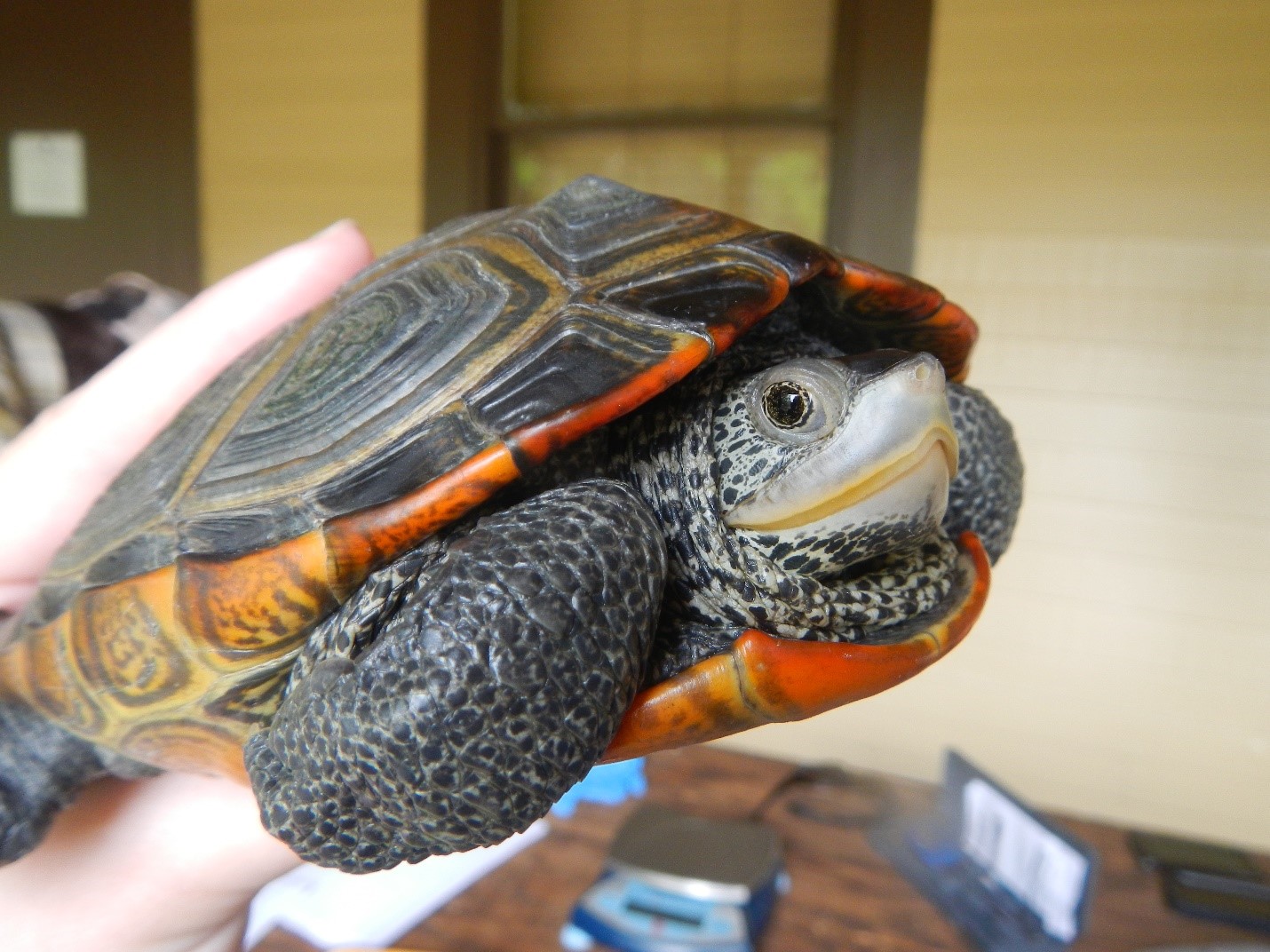By Ben Carswell,
JIA Director of Conservation
Most wild animals, especially those that make their homes on land, need to move about in order to make a living, survive, and thrive. Some animal movements span very short distances, while others roam many acres or even migrate across whole regions of the Earth.
The concept of “wildlife corridors” is a hot topic in the conservation field because habitats with well-connected natural features, such as forests, grasslands, or waterways, better sustain diverse wild animal populations than those than are fragmented by unnatural features such as roads, parking lots, or manicured turf grass. Unfortunately, this idea is sometimes poorly explained and consequently, misunderstood.
Effective wildlife corridors do not simply allow for unobstructed movement – most animals are of course theoretically capable of crossing a road, parking lot, or a golf course fairway. Rather, what makes a wildlife corridor is not just its ability to physically accommodate movement, but also to safely meet the other needs of wild animals while they are on the move.
Imagine yourself surviving primitively in the wilderness. How would you move? Why? And what would you need from the landscape to help you do so? You probably would not choose to swim across a pond with alligators in it, even if you theoretically could. Like us, wild animals aim to avoid being preyed upon. For prey species, this often means avoiding moving through landscapes where they cannot easily hide, like a golf course fairway. When you travel across the state or the region, you may choose your route based on a familiar stop with a restaurant you’ve enjoyed. Likewise, effective wildlife corridors need to provide forage and prey. Put simply, wildlife corridors are strips of functional wildlife habitat connecting other, larger habitats.
All sorts of wild animals on Jekyll Island benefit when their habitats are connected, from small mammals like mice, rabbits, and mink to larger fauna like bobcats. The movements of many snake species are especially constrained by developed landscapes.
Wildlife corridors can also provide excellent opportunities for us to view wild animals on the wing, such as birds and butterflies, or to photograph secretive or nocturnal creatures. These corridors don’t need to be purely natural – they can be designed, engineered, and managed landscapes that accommodate other infrastructure – provided they meet the habitat needs of the local wildlife community. Powerline rights-of-way, for example, can be excellent wildlife corridors if managed appropriately.
The phrase “habitat connectivity” is used by wildlife professionals and describes the benefit achieved by protecting or creating wildlife corridors. The importance of habitat connectivity and wildlife movement are emphasized in the newly updated Jekyll Island Conservation Plan.
You can help! The Jekyll Island Authority offers many opportunities for public input from townhall-style Q&A sessions to formal planning projects. Through these opportunities, you can voice your support for plans and decisions that make Jekyll Island the best it can be as a home for wildlife.








